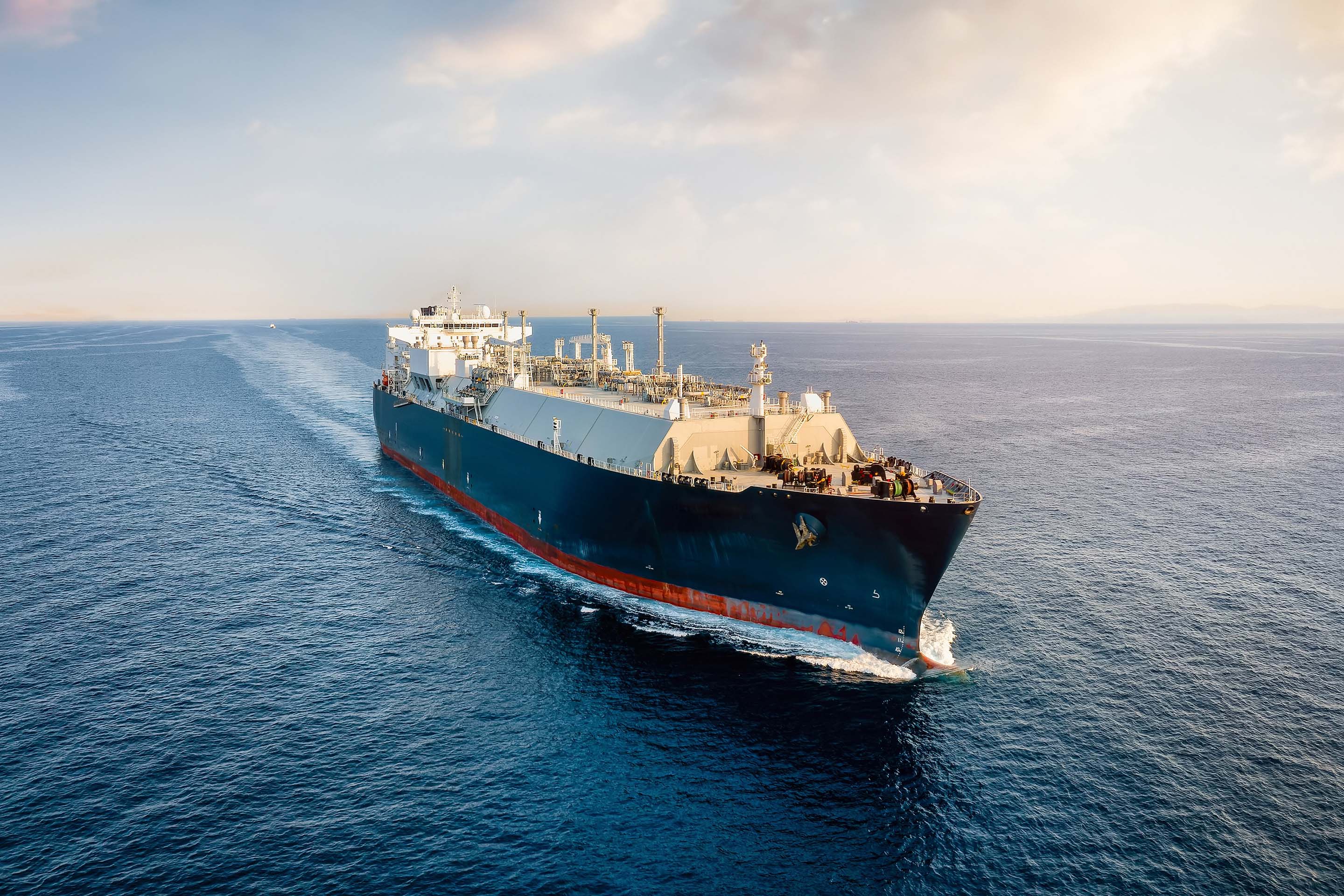As the maritime industry works towards a long-term net zero future with sustainable fuels, the need for greater efficiency during the transition period is growing exponentially. Fleet and ship owners running 2-stroke engines have various options that can help them to meet increasingly rigorous sustainability regulations.
The IMO and other regulatory bodies have introduced EEXI regulation, Carbon Intensity Indicator (CII) ratings, and local regulations in the form of the EU Emissions Trading System (EU ETS), helping to drive the industry towards a more sustainable future.
Additional regulations are being finalized, such as fuel levies from the IMO and the EU’s FuelEU maritime initiative, which will further increase the cost of carbon emissions. To meet these targets and to ensure the competitiveness of their fleet for the years to come, an increasing number of ship owners are adopting solutions such as derating, Engine Part Load Optimization (EPLO), turbocharger cut-out, and many more.
Permanent derating and overridable power limitation
Derating is where the engine’s power output is limited. This could include restricting an engine from 10 megawatts to seven megawatts, for example. There are different ways to derate an engine, however, including overridable power limitation and non-overridable power limitation.
Overridable Engine Power Limitation (EPL) is when the engine output is limited for commercial operation. The introduction of EPL is a consequence of the IMO’s 2023 Energy Efficiency eXisting ship Index (EEXI), which enforces a minimal efficiency index for the vessel in operation, which needs to be demonstrated once. Different parameters are included in the equation, such as the maximum power of the main engine for commercial operation. Reducing this power enables ship owners to improve the EEXI efficiency index and hence achieve compliance. EPL to meet EEXI regulations is almost always over-ridable.
Simone Bernasconi, Head of Global Product Line Upgrades at Accelleron, explains: “With EPL, your engine remains a 10-megawatt engine. If the captain requires higher power because of bad weather, for example, this can be over-ridden, and it’s easy to remove the limitation. However, during commercial operation, power is limited and even to compensate for delay or in order not to lose a port slot it cannot be exceeded.”
A different approach is to apply permanent derating, where the vessel is no longer able to travel at higher speeds. “You don’t have the engine’s original full power available anymore, even in emergency situations,” adds Simone.
Plenty of segments have embraced permanent derating over the past five years, and container ships are a great example. Not long ago, many container ships were designed for top cruise speed of 30 knots – very high speeds requiring high-power engines and consuming high quantities of fuel. Today’s container vessels are operated at lower speeds and hence require a much lower power from their main engines.
The main strategic rational to implement permanent derating instead of EPL, and losing the flexibility of applying the full original power in emergency, is to enable attractive engine efficiency improvement measures which can only be implemented if the maximal engine output is limited. Because the engine is not being used at full load anymore, several constraints on the engine are lifted, providing more opportunities to improve efficiency and enabling benefits at lower loads.
Three different approaches to increase the 2-stroke engine enabled by derating
Engine Part-Load Optimization (EPLO) is a simple modification that can be applied during a normal port stay and enables engine efficiency increases of up to 3%. It is used to optimize an engine and turbocharger to run more efficiently at lower loads – typically between 20% and 85% – delivering key benefits that include lower operating costs, lower fuel consumption and reduced emissions.
EPLO is particularly attractive when combined with derating. The maximal mechanical loading of the engine at high power is reduced, opening the door to strong efficiency optimization at lower engine load. Furthermore, the implementation of EPLO is technically fairly simple since it involves exchanging turbocharger components that are already overhauled during a standard service, along with re-tuning some main engine parameters. Discover more about EPLO here.
Turbocharger cut-out is also a popular measure that can be applied as stand-alone or in combination with EPLO to reduce fuel consumption typically in the range of 10-50%. Turbocharger cut-out can be applied only on engines with a multiple turbocharger arrangement, as it consists of deactivating one or more turbocharger at low engine power. We’ll be discussing turbocharger cut-out in more depth on charge! soon.
The second approach is to change the propeller of the vessel to increase the part load propulsion efficiency by limiting the propulsion power and vessel’s speed. The engine could in theory still output a maximum 10 megawatts, but the propeller cannot use it. When you change the propeller, the benefits when combined with EPLO are obvious. Retuning the engine and turbocharger will improve operation over the new operating range, without additional limitation.
The third approach is radical derating. This involves derating the power of the engine in a more significant way from 100% to 60% or even less by reducing the bore of the engine to a smaller size, enabling a total engine efficiency increase of up to 10-15%.
A key enabler for improved efficiency
It’s clear that zero-carbon fuels are key to fulfilling the shipping industry’s net zero ambitions, but it’s unlikely that we’ll see their widespread adoption until we get closer to 2050.
That means more efficient measures are required during the transition period, and solutions such as derating and EPLO are key enablers for improved efficiency in the carbon transition journey and a vital tool when it comes to ship owners and operators meeting their decarbonization targets.
Image credit: Shutterstock/Sven Hansche














